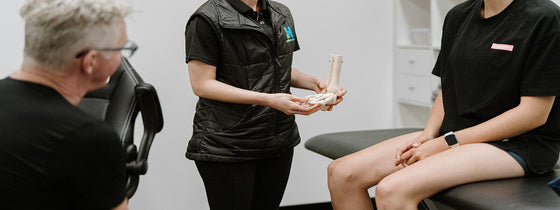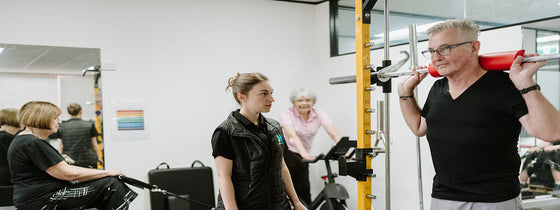Since mid to late March 2020 most office workers around Melbourne have called their home their ‘new office’ and we bet you originally envisaged this time would be over by now. Instead, the reality is dawning upon many office workers is their ‘home office’ may be becoming more permanent for the foreseeable months, so our OHL Physiotherapy and Myotherapy team wanted to help you maximise your desk set up with this practical checklist.
This checklist hopes to maximise your productivity at this new workspace, as well as concurrently minimising injury risk to your elbows, wrists, back and neck. Let us begin… and yes you are correct in assuming we want you creating this workspace outside of your ‘home living space’ to physically separate your worlds where possible!
With working from home becoming a more permanent reality in the lives of many around Melbourne please do yourself a favour and get your desk reviewing by an OHL Physiotherapist if you are worried. Desk modifications do not need to be overly expensive or complex, but they are most effective if they are individualised to your set up, the nature of your work and whether you have any pains (current or previous). Reach out to our team and we can help you review your set up via pictures in a face-to-face appointment or a video-linking telehealth consult. Contact us if you feel you would benefit from this (or any of our other OHL services like Podiatry or Dietetics) on 9431 5955 or admin@optimalhealthlab.com.au.
Download exercises by clicking on this link!



OHL is integrating a new athletic screening assessment into its practice to further enhance our community's sporting ability. This screening assessment combines range of motion, strength profiling, force deck analysis, and subjective training status to give athletes a comprehensive performance snapshot. By establishing a baseline and identifying key areas for improvement, we can tailor your training to enhance performance, provide insight on key metrics, and stay resilient throughout the season. Whether you're preparing for preseason, managing midseason demands, or simply aiming to train smarter, this assessment delivers the data-driven insights you need.

If you're experiencing back or neck pain with neurological signs and symptoms, a thorough neurological examination is crucial for accurate assessment and effective treatment. In this Optimal Tip learn more about what we mean by completing a neurological exam!

Squats, deadlifts, and calf raises are key movement patterns that should be part of every strength and conditioning program—regardless of age and activity level. These functional movements support joint health, improve posture and balance, and reduce the risk of injury while building strength where it matters most.